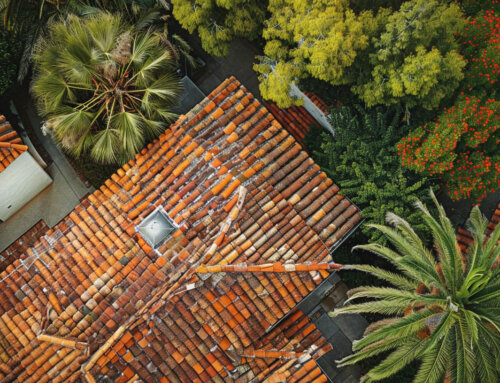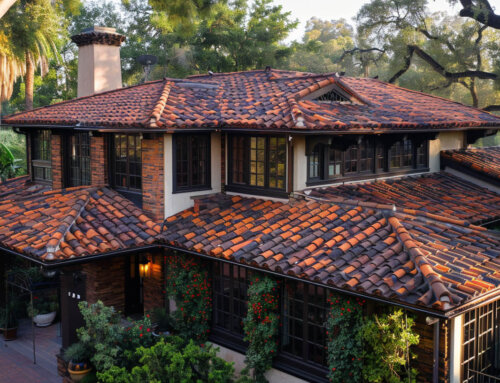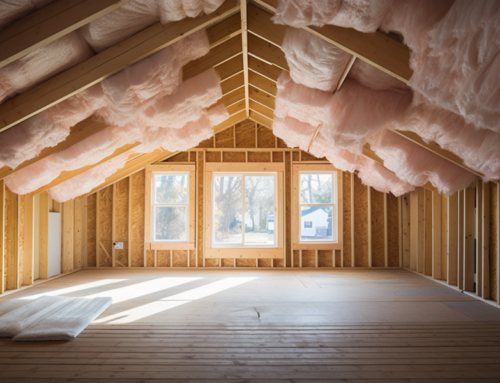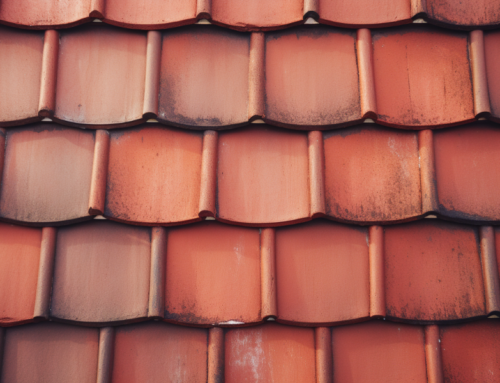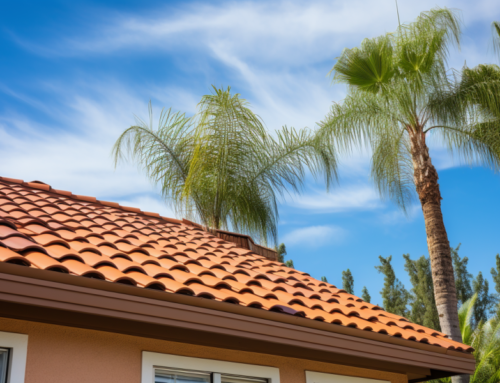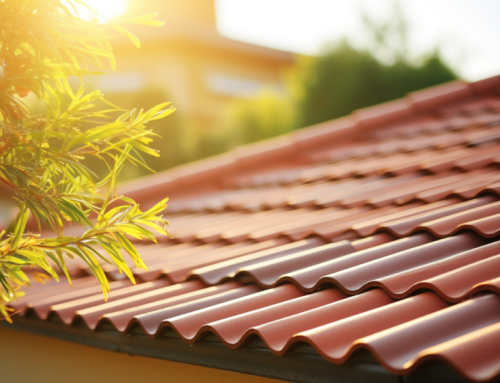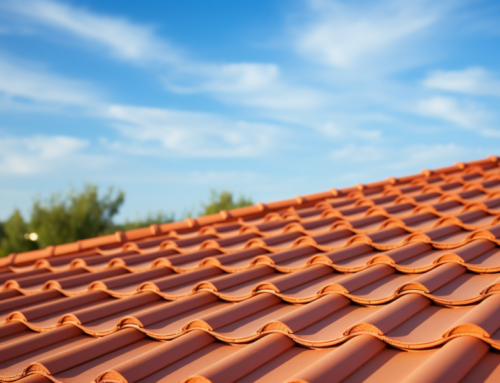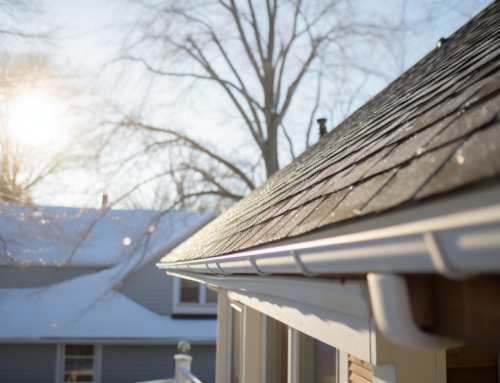Owning a coastal home is a dream for many, with the serene environment, gentle breezes, and the sound of waves crashing nearby. However, such homes come with their own set of challenges, especially when it comes to selecting the right roofing material. Coastal homes are exposed to unique weather conditions, and the roof plays a pivotal role in ensuring the longevity and safety of the structure. Here, we delve into the top roofing materials suitable for beach homes, considering their durability, aesthetics, and practicality.
1. Clay Tile Roofing: A Blend of Tradition and Durability
Clay tiles have long been a favorite for coastal homes, especially in regions with Mediterranean-inspired architecture. Their natural resistance to water and sea air makes them an excellent choice for homes near the sea. Additionally, their weight provides an added advantage during high winds, ensuring they remain in place. While they might be on the pricier side, their lifespan of 40 to 50 years justifies the investment.
2. Metal Roofing: Modern and Efficient
Metal roofs, particularly those made of steel, are gaining popularity for their durability and modern appeal. They reflect heat, ensuring the interiors remain cool, a boon for homes in sunny coastal areas. Both stainless steel and galvanized steel are corrosion-resistant, making them ideal for the salty sea environment.
3. Copper Roofing: Elegance that Ages Gracefully
Copper roofs, with their shiny appearance that turns into a greenish patina over time, are often associated with luxury. Their natural patina offers corrosion resistance, and they can last for centuries with minimal maintenance. However, they are susceptible to dents and scratches and come with a higher price tag.
4. Wood Shingles and Shakes: Rustic Charm for Coastal Homes
Wood, especially western red cedar, has been a traditional choice for coastal homes. These shingles and shakes offer a blend of rustic charm and elegance. With proper maintenance, they can resist rot, mold, and even withstand strong winds and debris impact during storms.
5. Thatch Roofing: Tropical Vibes for Beach Homes
Thatch roofs, made from dried reeds and grasses, provide a distinct tropical feel. They are strong, insulating, and sustainable. With options like natural and synthetic thatch, homeowners can expect longevity ranging from 20 years for natural thatch to over 50 years for synthetic variants.
Factors to Consider for Coastal Roofing
1. Weather-Resistance
Given the unique challenges posed by coastal environments, it’s essential to choose materials that can withstand sun, salty air, rain, and strong winds. Durability should be a top priority.
2. Insulation
A good roofing material should offer insulation, especially in areas with extreme temperatures, to ensure energy efficiency.
3. Maintenance
Coastal homes might require more frequent roof maintenance due to the harsh conditions. Opting for low-maintenance materials can be beneficial in the long run.
4. Aesthetics
The roofing material should complement the overall design and style of the coastal home, enhancing its beauty.
5. Budget Considerations
While initial costs are essential, it’s also crucial to consider the longevity of the material. Sometimes, a higher upfront cost can lead to long-term savings.
6. Adherence to Building Codes
Local building codes might have specific requirements for coastal homes. It’s essential to ensure that the chosen material and its installation adhere to these regulations.
At San Diego County Roofing & Solar, we understand the unique challenges of coastal homes. With our expertise in roofing in San Diego, we can guide homeowners in making the best choice for their beach properties. Whether you’re looking for roofers in San Diego or seeking advice on the best materials, our team is here to assist. Remember, the right roofing material, combined with quality installation, can ensure your coastal home stands tall and beautiful for years to come.



